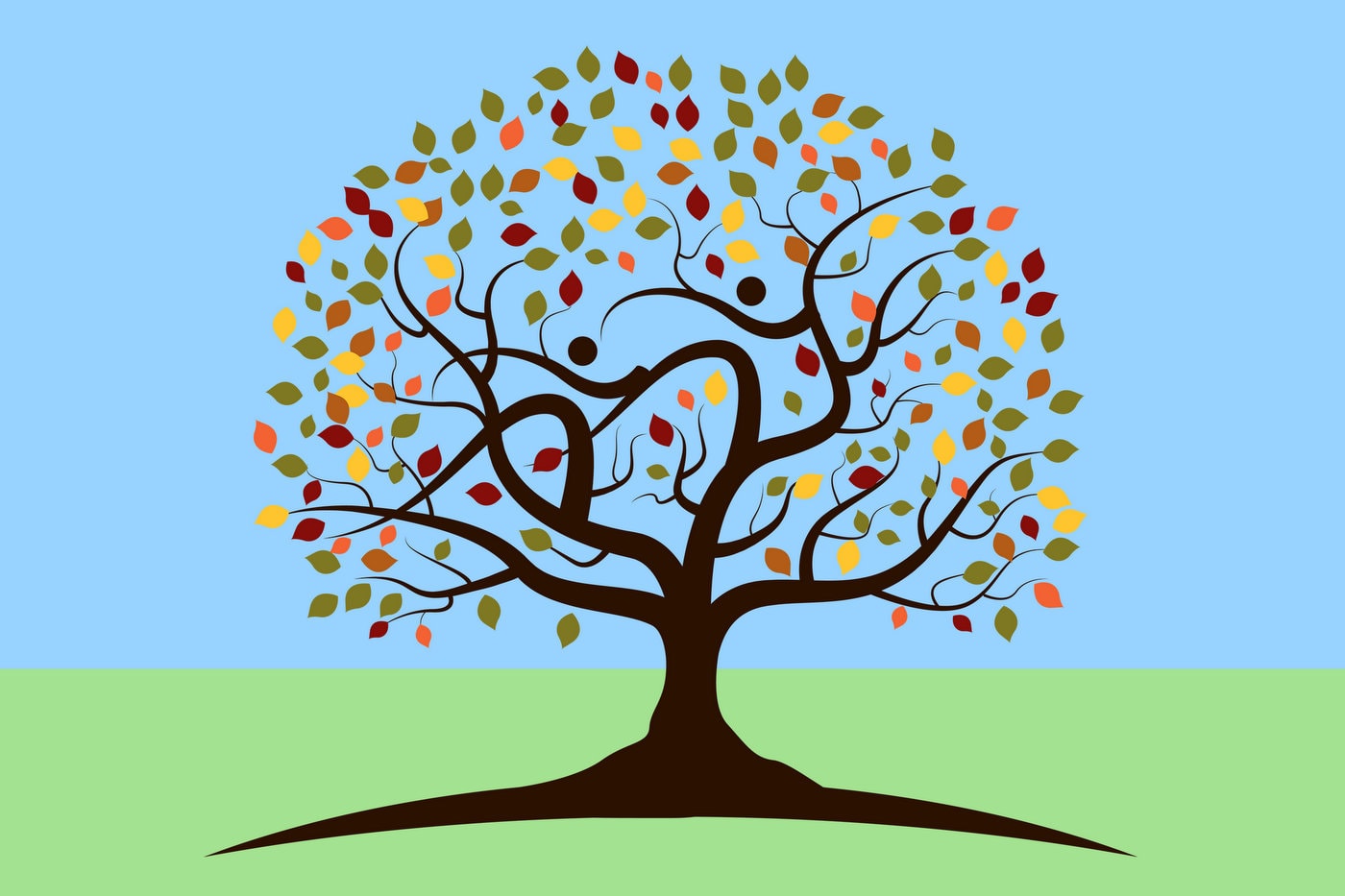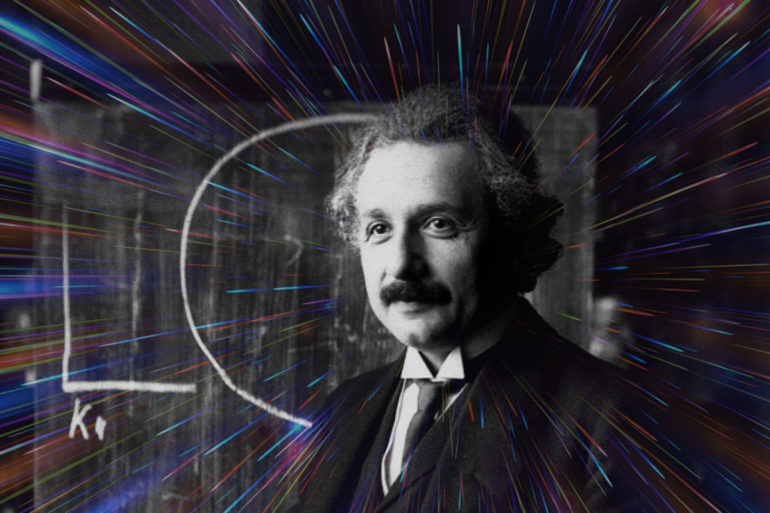What does ‘first cousin once removed’ mean?
Who’s your first cousin once removed? Second cousin twice removed? If you’re starting to explore your genealogy and family tree, you probably want to know what these terms mean. Here’s a simple breakdown.
These are the people in your family
The first cousin, second cousin, once removed, three times removed thing really isn’t as confusing as it sounds. Let’s start with the cousin numbers:
First cousins share the same grandparents
Second cousins share the same great-grandparents
Third cousins share the same great-great-grandparents
Fourth cousins share the same great-great-great-grandparents
Cousin, removed
The “removed” aspect denotes a generational difference — the number of levels away you are from a common ancestor, compared to your relative’s distance. This isn’t about years — this is basically about the difference in the number of times you have to say “great.”
For example, your dad’s first cousin is your first cousin, once removed. That’s because you are two generations away from your grandparents (your dad is in between), and your first cousin once removed is just one generation away from your grandparents (nobody is in between — he or she is their child).
Every generational level difference counts for one time removed.
Chart your cousin relationship
Below is a little chart to help out. Think of a relative who is a cousin of some degree, then find a common ancestor (one you both share — you might have to go back a few generations, because aunts, uncles and siblings won’t work for this).
Next, in the green bar across the top, determine your relationship to this common ancestor. Then, in the blue bar down the left side, determine your relative’s relationship to that same common ancestor. Where the two intersect will tell you your relationship!








